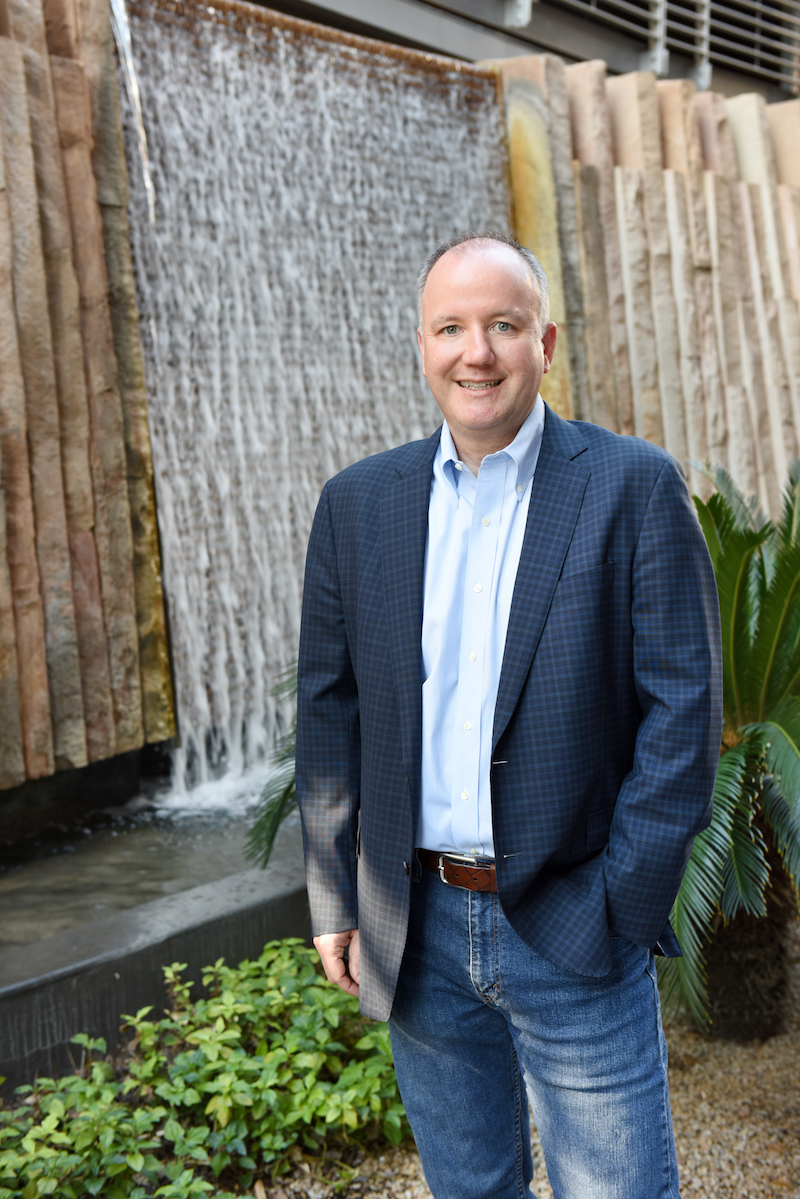Good quality drinking water is crucial to public health. From its natural source to your kitchen faucet, water undergoes a long journey involving several physical and chemical treatment processes to remove contaminants before it is potable, or safe for consumption.
Disinfection is one crucial process that eliminates harmful pathogens from water before you drink it from the tap. But the chemicals involved sometimes result in undesired byproducts. Drinking water can contain anything from microplastics to trace amounts of pharmaceuticals.
So, what actually is in drinking water, and just how safe is it?
Naushita Sharma is a civil, environmental and sustainable engineering doctoral student at Arizona State University. Growing up in India, she noticed that people are largely unaware of where their drinking water is sourced. This motivated her to research water quality and targeted contaminant removal for providing safe and reliable drinking water.
"Little is known about water quality and the impact of water treatment processes around the world and especially in many communities in India," Sharma said.
“We used to play in water puddles and drink water from local wells,” she said. “My notion had been that as long as the water looked clear, it was safe to drink. No one told us otherwise!”
After coming to ASU and working with Professor Paul Westerhoff, Sharma learned that even clear water can contain toxic substances, a realization that changed her perspective on the meaning of safe or potable water.
“Through my research, I’ve learned a lot about source water quality and understanding potential sources of contaminants in rivers and wells. I’d like to take all this knowledge back to India and see how we can improve our own drinking water treatment processes geared towards our own natural sources of water,” she said.

Naushita Sharma
Sharma received the 2020 Holly A. Cornell Scholarship from the American Water Works Association, or AWWA, an organization dedicated to improving water quality and supply. The scholarship, which provides $10,000 to support research, is awarded to female or minority students who want to pursue water treatment research.
“I want to use the funds to focus on designing treatment processes for the removal of contaminants from source waters,” Sharma said. “I would also like to present my research to the water community because it could directly impact water utilities. I also want to use the funds to learn different characterization techniques, so I can understand more about water quality.”
Sharma’s work examines the occurrence of bromide and iodide in water, a widespread problem.
“Bromide and iodide ions are ubiquitous in water,” Sharma said. “Every water stream, river, lake or even groundwater has ions such as these. They’re not a problem in themselves, but when that water goes through a treatment process for disinfection, which is a mandatory process to remove pathogens, then bromide and iodide can react with disinfectants to produce byproducts.”
Although disinfection byproducts occur in drinking water, their presence alone doesn’t pose significant harm. However, when bromide and iodide ions become incorporated by organic materials, they can be even more hazardous than common chlorine-based byproducts.
Sharma is analyzing drinking waters from across the U.S. to understand the occurrence of more hazardous byproducts, particularly those that contain bromide and iodide. She also seeks to determine their sources and how water utilities can mitigate byproduct formation.
“Water utilities want to know water quality at its source so they can better design treatment processes around that source,” Sharma said. “By doing so, they can reduce the formation of these byproducts. My role is understanding the water quality, informing water utilities if there is a high concentration of bromide or iodide and figuring out why these variations occur.”
In addition to informing utility companies about water quality, Sharma hopes to improve treatment methods and help the public stay informed about what is in their drinking water.
“Through ASU and this scholarship, I would like to organize local community outreach activities to create general awareness about our water sources,” she said.
Balancing water treatments and their byproducts
Westerhoff is Sharma's mentor and an ASU Regents Professor in the School of Sustainable Engineering and the Built Environment, one of the six Ira A. Fulton Schools of Engineering at ASU. The two have been working to improve the quality of water across the United States, including collaborating on the three-year project focusing on the occurrence of bromide and iodide. Work on the project led to Sharma’s scholarship award.
“Put simply, I am trying to figure out if there's something in water that we should remove and, if so, develop a way to remove it,” Westerhoff said.

Paul Westerhoff. Photo by Tim Trumble Photography, Inc. Reprinted with permission from Journal AWWA
Westerhoff received the AWWA’s 2020 A.P. Black Award, which recognizes outstanding research contributions to water science and ensuring safe water supply.
Improving drinking water treatment safety involves not only looking at what’s in water, Westerhoff says, but determining if a contaminant is harmful enough to be worth removing. It then looks at what treatment processes already exist and determines if they should be adapted to better remove it.
“Sometimes water treatment plants add chemicals to water to remove one thing but cause another problem, so we also want to understand if processes that exist today could be optimized to solve that problem,” Westerhoff said.
With the important responsibility of improving drinking water quality comes the tough challenges of balancing the removal of a contaminant with the overall safety of the water and the environmental burdens the removal process can create.
“Say there’s arsenic in your water,” Westerhoff said. “That’s bad. So, in order to remove the arsenic, let’s say the water treatment plants add a little bit of aluminum. Now you’re drinking a little bit of aluminum. While this doesn’t pose a health risk, our studies show that other chemicals we add to remove particles from water actually react with disinfectants to produce carcinogens. Balancing these risks is important to understand.”
Removing arsenic could save lives, but there are other environmental burdens to consider.
“The material to remove the arsenic is manufactured somewhere, so you have workers in Germany or China making arsenic-removing adsorbents,” Westerhoff said. “They’re not using the arsenic, but they are making something that emits chemicals that can cause cancer. So by making sure we have clean water, we could be increasing the risk of cancer for workers in communities somewhere else in the world.”
Westerhoff says such risks mean he prefers to completely avoid using chemicals to clean water, which requires turning to an entirely different type of material to clean water — in this case, harnessing energy from across the electromagnetic spectrum to activate nanomaterials composed of common, earth-abundant elements that pose low risks.
“Once you go down to controlling material structure at the nanoscale, you can start to do really interesting things,” he said. “When you put nanoparticles on optical fibers and add a little bit of light, contaminants in the water react with nanoparticles on the surface of the fiber and it cleans the water.”
Westerhoff is currently working on funded water-safety projects as well as managing a related startup that is supported by NASA to improve the safety of water in space or on the moon.
“There's a broad range of methods to keep pollutants out of the environment as well as taking pollutants out of water,” Westerhoff said. “I'm really excited to look at how we can use nanotechnology to purify water.”
More Science and technology

ASU-led space telescope is ready to fly
The Star Planet Activity Research CubeSat, or SPARCS, a small space telescope that will monitor the flares and sunspot activity…

ASU at the heart of the state's revitalized microelectronics industry
A stronger local economy, more reliable technology, and a future where our computers and devices do the impossible: that’s the…

Breakthrough copper alloy achieves unprecedented high-temperature performance
A team of researchers from Arizona State University, the U.S. Army Research Laboratory, Lehigh University and Louisiana State…


